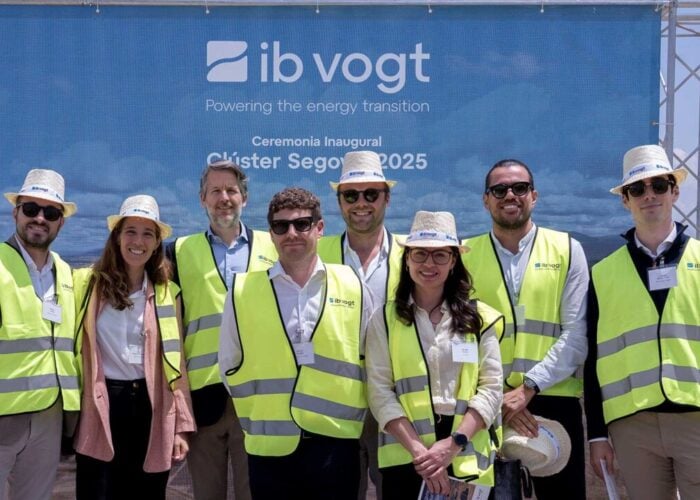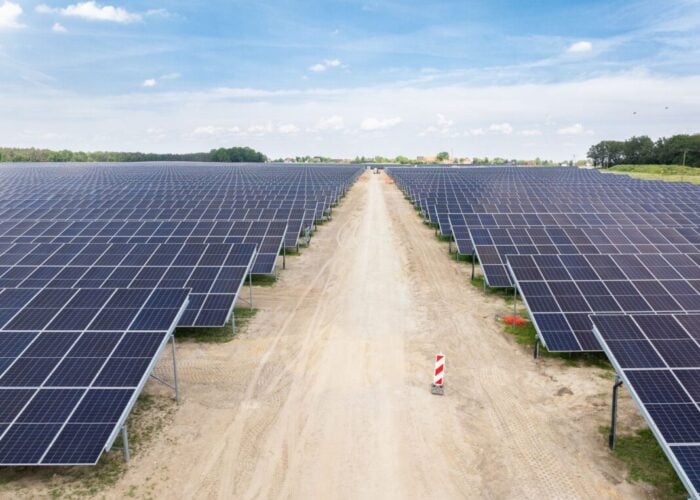Schott Solar has introduced a new multicrystalline module manufactured using double-glass technology. SCHOTT Poly 185 uses glass on both the front and rear sides, this new, long-life module is more resistant to environmental influences and particularly robust against stormy conditions, snow, which enables the company to offer 30-year linear performance guarantee.
Problem
Unlock unlimited access for 12 whole months of distinctive global analysis
Photovoltaics International is now included.
- Regular insight and analysis of the industry’s biggest developments
- In-depth interviews with the industry’s leading figures
- Unlimited digital access to the PV Tech Power journal catalogue
- Unlimited digital access to the Photovoltaics International journal catalogue
- Access to more than 1,000 technical papers
- Discounts on Solar Media’s portfolio of events, in-person and virtual
For its unique double-glass technology, Schott Solar has developed a patented production process which dispenses with the need to apply high pressure or use vacuum and so is gentler on the cells and boosts the module’s quality and long-term stability. Contaminants are unable to affect the module’s active cell layer – unlike with conventional glass foil modules.
Solution
The SCHOTT Poly 185 is based on the SCHOTT Poly 290, which came out on top in an independent PV+ test conducted by TÜV Rheinland and Solarpraxis with a rating of “very good (-)”.The glass protects the module from condensation, vapour, gases such as ammonia or methane, many acids and bases, as well as fats, oils and solvents. These have no way of entering the module’s active cell layer – unlike with conventional glass foil modules.
Applications
Rooftop and harsh environments.
Platform
Its new, compact, 48-cell layout makes maximum use of even small roof spaces with output classes of 175 / 180 / 185Wp and a weight of 24 kg. The carrying capacity per module, as confirmed by IEC certification and by TÜV, is 5,400 Pa, corresponding to snow load zone 3, wind load zone 4, and wind speed of up to 200 km/h, with a safety factor of 3. Glass thickness: 3.2 mm (front side), 3.0 mm (rear side)
Availability
April 2011 onwards.







